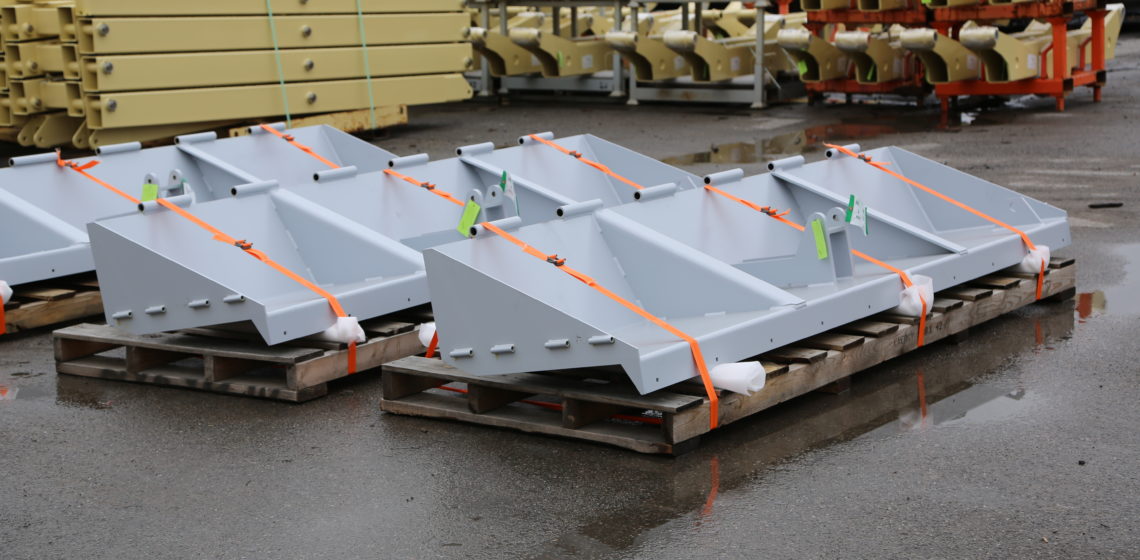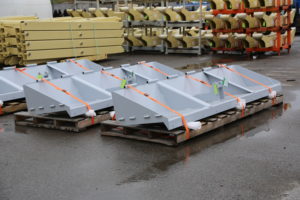
The Keys to Running a Successful VMI Program
December 5, 2018
Vendor Managed Inventory (VMI) programs are nothing new. In fact, your organization has probably been running one for 20 years – or more. However, it is a dirty secret that VMI is often wasteful. Maybe it’s because inventory control and management is often an afterthought – after all, it’s the vendor’s responsibility to make inventory levels. Or maybe it’s due to a break down in systems.
Granted, much of this waste might not show up on your organization’s balance sheet but the cracks might be visible in metrics such as parts availability, time to react to change orders, or even squabbles over pricing and excess inventory.
Does this sound familiar? Well, it doesn’t need to be like this. Read on to get the keys to run a successful VMI program in your hand.
Communication is Critical
This might seem self-evident but more often than not the relationship between a supplier-partner and an OEM hinges on what is NOT said in relation to a VMI program.
Sure, the supply chain team wants to ensure the availability of quality parts within the specified delivery window, but coordination requires a constant flow of information. Therefore, communication is key; not only does it help to set expectations but it helps to uncover issues before they impact quality, cost and delivery.
This cannot be overstated, and it starts by addressing the requirements from both sides. For example, how will the systems from both the OEM and the metal fabrication partner communicate with each other? Also, what is the implementation plan and who will be tasked with what deliverables?
Don’t forget to discuss finances, as this often gets swept under the rug and failure to have what can be an uncomfortable conversation can lead to significant issues down the road.
Set Expectations and Hold Everyone to Them
Along with keeping the lines of communication open, running a successful VMI program requires the setting of clear expectations and then holding all parties to their commitments. For supplier-partners, this not only means ensuring supply but also securing OEM data and using it to make important decisions.

For the OEMs, the emphasis must be on sharing reliable information. This is extremely important, as information that is not trusted by key stakeholders in the supply chain will lead to issues such as overproduction, material shortages, or even problems with quality.
Just imagine the impact that faulty information would have in a zero-defect environment if an important change request or testing process was not shared with key stakeholders. This error of omission could lead to millions in losses for the OEM and the supplier-partner and could eventually sour what was a long-term relationship.
The same is true if a supplier-partner does not treat the information shared by its customers in a confidential manner, as the leakage of proprietary information could have a negative impact on both parties. This is why one of the critical aspects of a successful VMI program is making sure expectations are clearly set in the beginning.
It’s an Iterative Process
Granted, this can become a bit cliché, but when it comes to running a successful VMI program, all parties involved need to view it as an iterative process. Some of the investment in infrastructure needed to run the program might remain in place for years; management of the program is an ongoing series of tests and adjustments. This could include responding to customer demand or adjusting due to new product introductions – either way, it’s a continuous process.
As such, you can never assume that once the ink is dry on an agreement to set up a VMI program that your work is done. In fact, this is when the work of a supply chain manager is typically just getting started.
Know Your Limits
One of the biggest challenges of running a VMI program is that all parties are not completely aware of their limits. In the case of the supplier-partner, this usually manifests itself in the form of making promises that the organization might not be able to meet – at least not right away.

While this can be an opportunity for growth, it is incumbent on supplier-partners to have an open dialogue with its customers about what is possible today and the timeframe to execute on the expanded capabilities required over the long-run. This can be a difficult conversation to have, but one that is necessary. From the perspective of a supply chain manager, having these conversations will give you a better understanding of your partner’s true capability and their approach to grow or expand to meet your needs.
But don’t think the focus is on your metal fabrication partner alone, as OEMs also deal with their own set of issues – some of which you know all too well. Supply chain managers will also need to be candid about what they can and cannot offer in terms of support. This usually has to do with agility and data sharing, but it could also extend to product development, deliveries, and payment.
VMI Benefits
Running a successful VMI program can be beneficial to supplier-partners and OEMs. For starters, it is an opportunity for your metal fabrication partners to build a long-term, strategic relationship, while OEMs can gain better cost control and material availability.
But you don’t want to assume that it will happen by itself. Forward-thinking supply chain managers will be proactive in focusing on:
- Communications;
- Setting and following up on expectations;
- Continuous improvement;
- Knowing what can be achieved – both in the short- and long-term.
Click here to learn how Miller Fabrication Solutions can partner with your OEM organization to achieve its goal of running a successful VMI program.